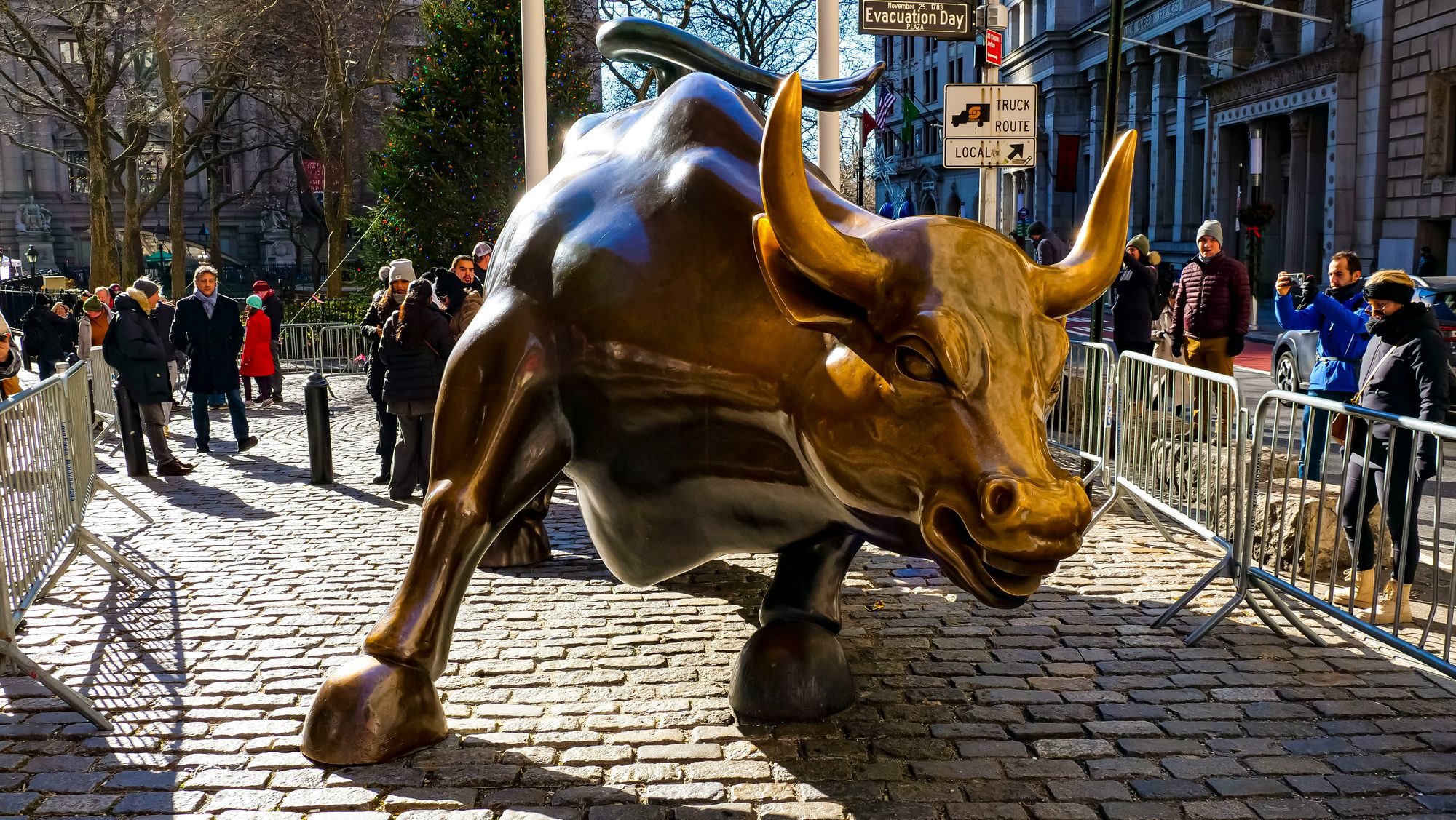Expectations Outperformed

In this week's blog, as we emerge from the bank holiday weekend and start looking more closely at Q4, we wanted to take a more refined look at our asset class and the importance of its market placement, especially concerning performance and how that can be accurately calculated and tracked over time. For purposes of this exercise, we will be looking at the new Peer-to-Peer and Direct Lending Index (PADL Index) produced by 4thWay, the world's first ratings and research agency for P2P lending and other online direct lending, marketplace lending or similar investments.
Looking at this from a problem-solving perspective, one of the significant challenges when analysing an emerging asset class (and I use the word emerging here strictly as a comparative, given the first stock index was created in 1884 by publicist Charles Dow) is that a standardised way needs to exist over time to deconstruct a set of results properly. Today's performance does not guarantee tomorrow's results, to paraphrase the popular regulatory phraseology; however, understanding the use of standardised metrics and methodology is commonplace in what is now dubbed "Tradfi" markets, and having access to a basket of high-performing entrants to map returns over time, even in the capacity of a broad index, is a potent tool.
Indices in the realms of Tradfi and equities allow for the overall strength of the market to be assessed in varying categories of business, but primarily since the 1970s, they have been used as investment vehicle components themselves; funds tracking an index allow passive investment in essentially the strength of the economy, or at least a basket of its brightest and best. They also allow targeted investment into different levels of risk and sectors; one of the popular narratives debated on financial media over the last six months, for instance, has been the Russell 2000 rotation trade; as rates decrease, fund managers can rotate from the high performers of the previous year into the small-cap stocks to try and capture the potential upside in trades with more room to run, as more liquidity is injected into the market. They can do that in a way that mitigates their risks by using indices to figure out a basket of securities that fit that profile.
In a mature market such as equities, things have advanced to the point where a numeric figure can be placed on the market's performance or value on any given day, deduced by a plethora of math we won't unpack here. For instance, this type of numeric scoring in the NASDAQ provides a total value of the share weights of all the stocks on the exchange, multiplied by each security's closing price. Finally, it's divided by an index divisor; not to get too lost in the weeds here on the math, but that's a fancy way of saying a floating number that, once the total value is divisible by it, provides a rounded, easy-to-follow score.
In a more junior capacity, emerging markets such as the p2p asset class have yet to have an accurate way to monitor things by any industry standard, given we are roughly 120 years behind the inception of industrial equities indices. That is, until now. The technical requirements of such an index here are slightly different; the problem we referenced at the top of this article is investors require at least these two pieces of information at the outcome of deciding: the ability to track performance over what is now almost 20 years of data, and the ability to review independent analysis on risk. There is no fund of funds in p2p; the asset class is too junior in that capacity, so rather than investing in the sector, you are identifying the high performers to look at comparative returns, and this kind of data-driven approach will open the door for more sophisticated entrants looking for a flavour of what that looks like.
Looking closely at the P2P and Direct Lending (PADL) Index linked below, it's currently tracking circa £745M in volume. With ten years of solid data, they are tracking annualised returns in P2P and online direct lending after costs at 7.36% per annum over the past decade. This makes it fascinating to read; it has outperformed the FTSE100 over the same period based on reinvested returns. It's being led by the data; it's being led independently, and there is enough data now accrued to much better indicate what the future may hold for our sector.
It also opens a new thesis: the financial media love speculating on rotation trades, as mentioned above, but based on the bedrock of this latest analysis, how much capital could be about to rotate into this sector for the same reasons? Looking at the market cap of this sector v performance, it’s arguably massively undervalued. Expectations have been convincingly outperformed here, and history dictates that a crowd usually follows that.
To read more about 4thWays research, please follow the link below:

Invest & Fund has returned over £200 million of capital and interest to lenders with zero losses, showing the rigour that governs our business.
To take maximum advantage of this robust and exciting asset class, please visit www.investandfund.com
Don't invest unless you're prepared to lose money. This is a high-risk investment. You may not be able to access your money quickly and are unlikely to be protected if something goes wrong. Take 2 minutes to learn more.